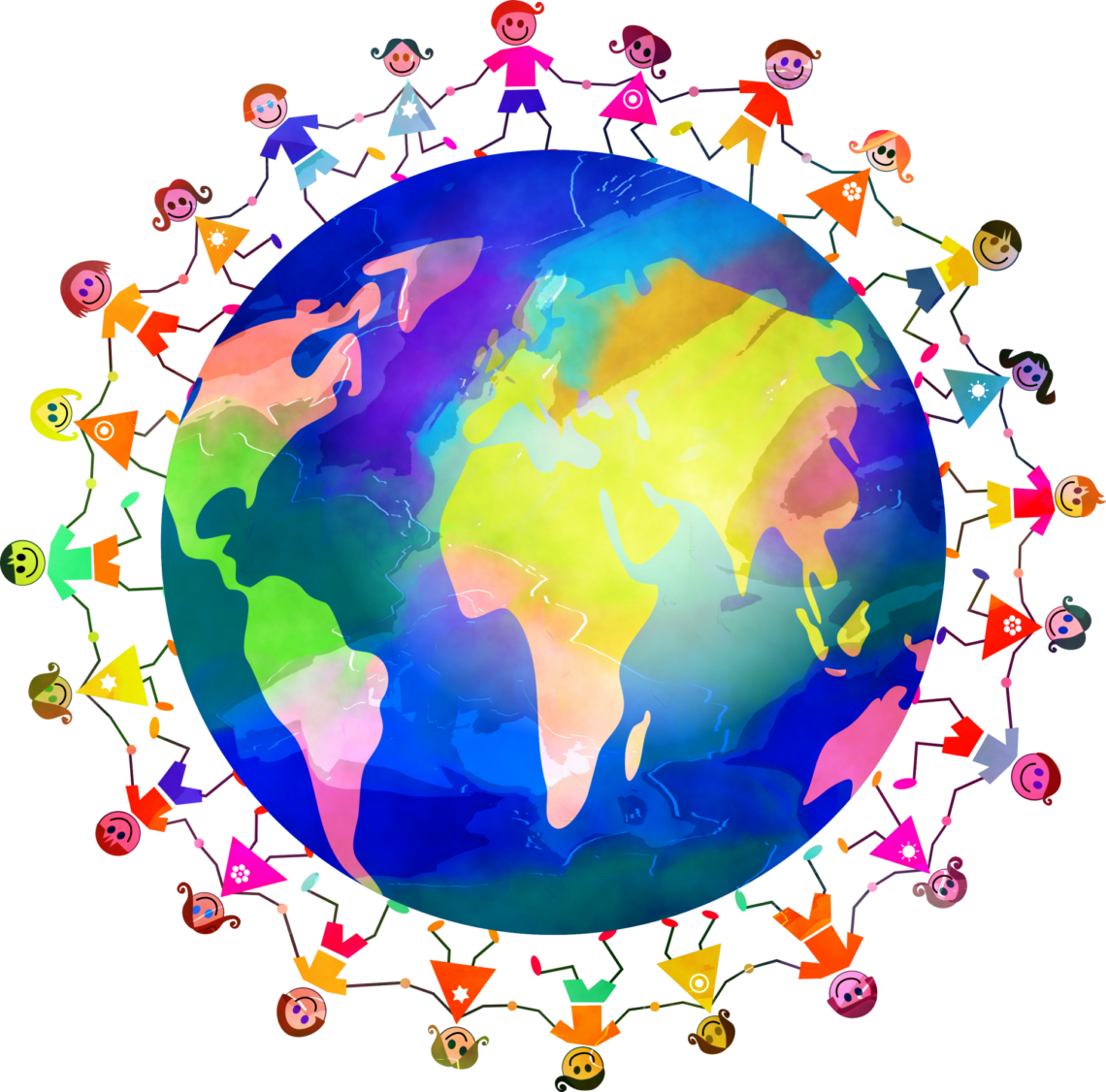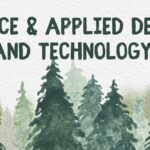A worldview is a set of beliefs and ideas that shape how a person views life and the world around them. It includes answers to big questions such as what is the purpose of life? What is right? What is wrong? Or what is real? A person’s worldview influences how they think, make decisions, and interact with others, guiding how they understand the world.
My worldview has evolved over the years, but many of my core values were formed during my childhood. Growing up as an only child raised by a single mother in a non-Indigenous community, I was influenced by a mix of personal and societal factors. In my small community, Indigenous peoples were often referred to as ‘extinct’, and Indigenous culture and history were rarely discussed in my K-12 education. While I knew Indigenous people existed, my knowledge of their culture was limited, and it wasn’t until my thirties that I began to learn the truths about Indigenous peoples, including those in my own community.
As an only child, I developed a strong sense of independence early on, making me comfortable spending time alone and fostering a resilient and self-sufficient mindset. My close relationship with my mother also made family connections and support deeply important to me. Growing up in a community where my family situation felt different, I learned how to navigate relationships with a heightened sense of empathy and awareness of diversity. Now, as a married woman with three children, I still carry a strong sense of empathy for those who are marginalized or who don’t fit into a ‘traditional’ family mold. This journey has deeply shaped the way I see and understand the world, and it is something I continue to reflect on as I enter the classroom as a teacher.
As a teacher, I will need to be conscientious and aware of my own worldviews, as well as the worldviews of my students and school community. It is essential for creating an inclusive and respectful learning environment. This awareness will allow me to connect with students on a deeper level, fostering empathy and understanding while avoiding biases. An awareness I have learned through the years as an Education Assistant. A classroom that is inclusive to various perspectives, encourages critical thinking by exposing students to a range of viewpoints, promotes equity by addressing issues of social justice, and ensures that all students feel valued and supported, is a classroom that I wish to create. Understanding different worldviews will help me, as the educator, to create this classroom where students can thrive academically, socially, and emotionally, regardless of their background or worldview.
“Leave your baggage at the door” is a phrase that has been instilled in me throughout my career in education. It is important to have my own perspectives on global issues, as they shape who I am as an individual. However, my personal worldviews should not hinder the success or diversity of the students in my classroom. In order to accomplish this, I must keep an open mind, an open heart, actively take part in self-reflection and ensure that my actions are thoughtful and intentional. Taking time to regularly reflect on my own biases and values will help me to stay attuned to how they may influence my teaching practices. By adopting culturally responsive teaching, I can tailor lessons and activities to reflect diverse perspectives and create an inclusive environment where all students feel valued.
Differentiating instruction based on students’ unique learning needs will ensure that everyone has an equitable opportunity to succeed. I can also promote respect, inclusion, and empathy in the classroom in order to foster a sense of belonging for all students. As an educator, I will model a behaviour that challenges stereotypes and biases, and encourage students to show respect and kindness to others. I believe in lifelong learning and believe that ongoing professional development will support my efforts in meeting the needs of my students. Through these strategies, I will create a classroom where every student is given an opportunity to reach their full potential, regardless of their background or beliefs.
The Western worldview often overlooks alternative ways of learning by focusing on individualism and Eurocentric perspectives. As an educator, it is crucial to challenge this worldview because it can reinforce a system that fails to meet the diverse needs of students. Traditional approaches may overlook key factors like students’ emotional, social, and creative growth. By questioning these viewpoints, I strive to build a more inclusive and equitable environment that values diverse perspectives, fosters cultural understanding, and ensures that every student has an opportunity to succeed.
A worldview profoundly shapes how we understand the world and interact with others. My personal worldview has evolved over time, influenced by my upbringing, experiences, and continuous learning, especially regarding Indigenous cultures. As an adult, my views on world issues are deeply personal and something I hold close to my heart. I tend to discuss my perspectives on political or human rights matters only with a select few individuals who share similar beliefs. In the past, I’ve successfully maintained a clear distinction between my personal and professional life. I begin each day with an open mind and an open heart, placing emphasis on kindness. If you show kindness to me, I will respond in kind, welcoming you with open arms. As I mentioned earlier, I am empathetic toward people from all walks of life.
As a teacher, being aware of both my own worldview and those of my students is essential for creating an inclusive, respectful, and supportive learning environment. By recognizing and embracing diverse perspectives, I can foster critical thinking, empathy, and equity in the classroom, ensuring that all students feel valued. It’s crucial to ensure that our worldviews do not hinder the success of diverse learners by reflecting on our biases and adapting our teaching practices. Challenging the limitations of the Western worldview, particularly its focus on individualism and Eurocentric perspectives, can help create a more inclusive educational system that nurtures every student’s unique strengths. By promoting respect, understanding, and inclusivity, I can provide an environment where all students have the opportunity to thrive.






judi61
January 15, 2025 — 8:45 am
Thank you Melissa for your very thoughtful first reflection! Open hearts and open minds are certainly the key to ensuring that we understand how our biases and perspectives may influence who we are. Being aware of these and making sure that we hold space for our learners is the start to creating those safe spaces ( heart, mind, spirit) for those under your guidance as a teacher.
Cheers,
Judi